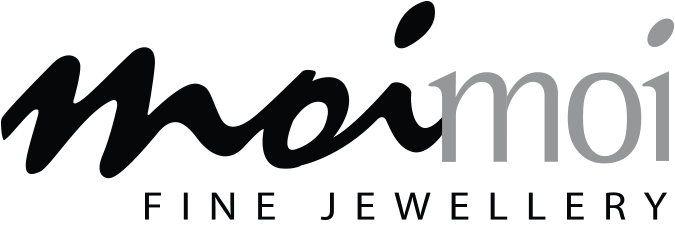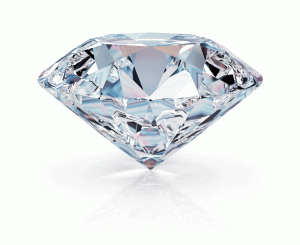We have all been conditioned to think that when it comes to diamonds, bigger is better. Modern culture has turned the term ‘carat’ into a basis for a diamond’s significance. The bigger it is, the more important it becomes. You show off the ring to people and one of their first questions about it would likely be: “How many carats is this?” When you say it’s significantly big, they’ll be on the floor.
The funny thing is that the carat weight is not what really makes a diamond look good. Carat simply refers to the weight of a diamond and has no indication of quality at all. Here are some interesting things we think you should know when coming across that term.
Where did the term originate?
The word ‘carat’ has almost become synonymous with a diamond itself. We always hear about it when diamonds become the centre of a conversation, but do you know where this term actually originated? It is said that the word ‘carat’ originates from the Greek word meaning “fruit of the carob seed”. Early gem traders used seeds of the carob pod as the standard for measuring weight because the size of carob seeds are almost always identical to gems. Awesome, right?!
Not the size, but the weight
The term carat is often misunderstood–it refers to a diamond’s weight, not its size. That means that while a stone may appear larger, it may weigh less so it will have less carat value. Usually, a carat weighs 0.2 grams and the number of carats is based on a point system that allows jewellers and valuers to give a more precise weight value. The standard for this system is that one hundred points equals one carat.
The heavier the carat weight, the more expensive the diamond gets
As carat weight gets larger, the value of the diamond increases disproportionately. This is because pieces of rough material are increasingly rare with size. Over a million pieces of rough must be mined to find one piece large enough to produce a 1-carat finished diamond. That’s why as carat weight gets heavier, the value of the diamond also increases. It’s also possible that a diamond that’s just twice as larger as another one may be three or more times as expensive, depending on the specifics of the market.
CUT, is the most important of the 4 C’s
Beautiful sparkle is the result of a well-crafted cut. In fact, a high carat weight diamond with a poor cut may look smaller than a diamond with smaller carat weight and a very good cut. Instead of considering a diamond’s size, look at its sparkle which is controlled by the quality of the cut. The proportioning and faceting precision of the diamond will determine the quantity and quality of the light that is returned to the eye. Compromises in cut quality will result in diminished beauty for your jewellery’s overall look.
Knowing the ‘Diamond Magic Marks’
Prices per carat increase at certain size thresholds sometimes referred to as “magic marks”–half carat, three-quarter carat, and carat. Visually, there’s little difference between a 0.99 carat diamond and one that weighs a full carat, but the price differences between the two can be significant. The compounding effect on the total price of a lower price per carat with slightly less carat weight can result in significant savings for you even though the visual size might look about the same. If the diamond of your dreams is over your intended budget, you may want to think about purchasing a diamond of the same color and clarity but just under the threshold of the weight that you have in mind.
Are Lab-Grown Diamonds also measured in carat weight?
Lab-grown diamonds are very much REAL diamonds, which means that they have the exact same weight and density as those mined ones. That’s why they’re also measured by carat weight. This means that if you are on a budget and are set on getting a diamond bigger than one carat, you can get a size that is between 1-2 carats, without as much price increase that a mined diamond would have.
Want to know more about how to save more with your lab-grown diamond carats and other things to take into consideration when buying a ring? Contact our experts today via our Moi Moi Live Help feature!
 Track Your Order
Track Your Order



